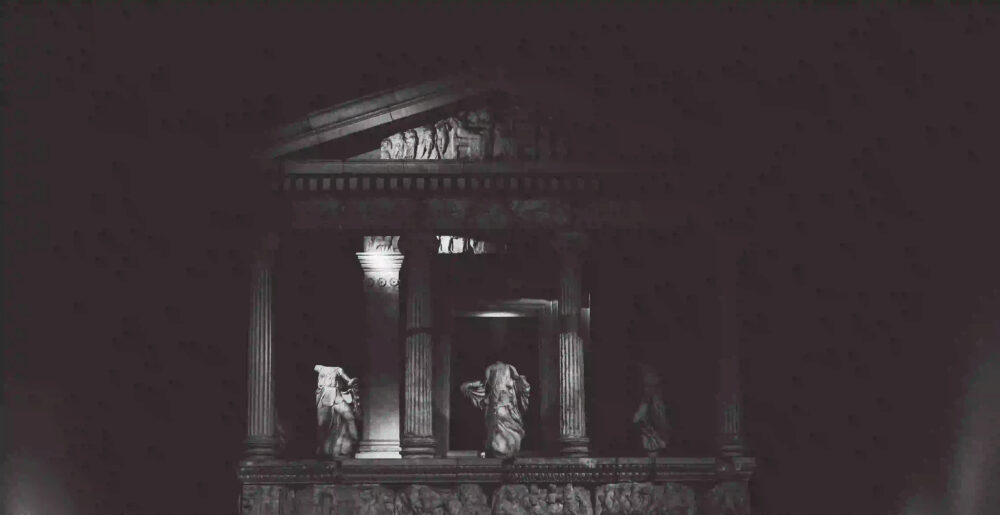Mythology, across cultures and civilizations, has long been intertwined with the concept of the Underworld - a mysterious realm that serves as the abode of the dead. From Greek and Roman mythology to ancient Egyptian and Norse tales, the journey to the Underworld has been a recurring theme, often depicting the trials and tribulations of heroes and heroines as they navigate the perilous path to the land of the deceased.
The Underworld in Greek Mythology
In Greek mythology, the Underworld, known as Hades, is ruled by the god of the same name. It is described as a shadowy place where the souls of the departed reside. Perhaps the most famous journey to the Underworld is that of Orpheus, the legendary musician who ventured into Hades to rescue his beloved wife, Eurydice. This captivating tale illustrates the enduring love and the overwhelming desire to defy death itself. Orpheus’ journey through the rivers Styx and Lethe, and his encounter with the fearsome three-headed dog, Cerberus, has captivated audiences for centuries.
The Underworld in Roman Mythology
In Roman mythology, the Underworld is often associated with the god Pluto. One of the most notable journeys to the Underworld is that of Aeneas, the Trojan hero, who descends into the realm of the dead guided by the Cumaean Sibyl. His quest leads him to encounter the shades of the deceased, including his own father, Anchises. This poignant journey serves as a powerful exploration of duty, familial love, and the acceptance of mortality.
The Underworld in Egyptian Mythology
In ancient Egyptian mythology, the Underworld is known as the Duat, a realm intricately linked to the journey of the sun god, Ra, through the night sky. The Book of the Dead, a collection of spells and incantations, guided the deceased through the challenges of the afterlife. The journey of the soul, represented by the god Osiris, through the various stages of the Duat, reflects the Egyptian belief in the cyclical nature of life and death.
The Underworld in Norse Mythology
Norse mythology presents its own interpretation of the Underworld, known as Hel. Valhalla, the hall of the slain, and Niflheim, the land of ice, are also integral parts of the Norse afterlife. The journey of the valiant warrior, who seeks entrance to the glorious realm of Valhalla or is condemned to the dismal realm of Hel, embodies the valor and honor prized by the Norse culture.
The Universal Themes
Despite the diversity of cultures and mythological traditions, the journeys to the Underworld share universal themes. The quest for love, the confrontation of death, the search for wisdom, and the reconciliation with one’s fate are recurrent motifs that resonate across the narratives of different civilizations.
The Underworld in Modern Culture
The allure of the Underworld continues to captivate modern audiences. From literature to film and video games, the theme of the journey to the realm of the dead remains a source of inspiration. Contemporary retellings and reinterpretations of these ancient myths serve to keep the timeless tales alive, offering new perspectives on the human experience and the enigma of mortality.
Conclusion
The allure of the Underworld and the journeys to the realm of the dead have left an indelible mark on human storytelling. These mythological narratives not only entertain and enthrall but also offer profound insights into the human condition, our relationship with mortality, and the enduring quest for meaning and transcendence. As we continue to explore the rich tapestry of mythology, the journeys to the Underworld will undoubtedly remain a timeless and compelling source of inspiration and introspection.
In this blog post, we’ve explored the captivating theme of the Underworld in mythology, delving into the journeys of heroes and heroines as they navigate the enigmatic realm of the dead. From the ancient myths of Greece and Rome to the tales of Egypt and the Norse sagas, the concept of the Underworld is a rich and evocative aspect of human storytelling. Join us as we unravel the mysteries of the afterlife and the enduring significance of these timeless narratives.
